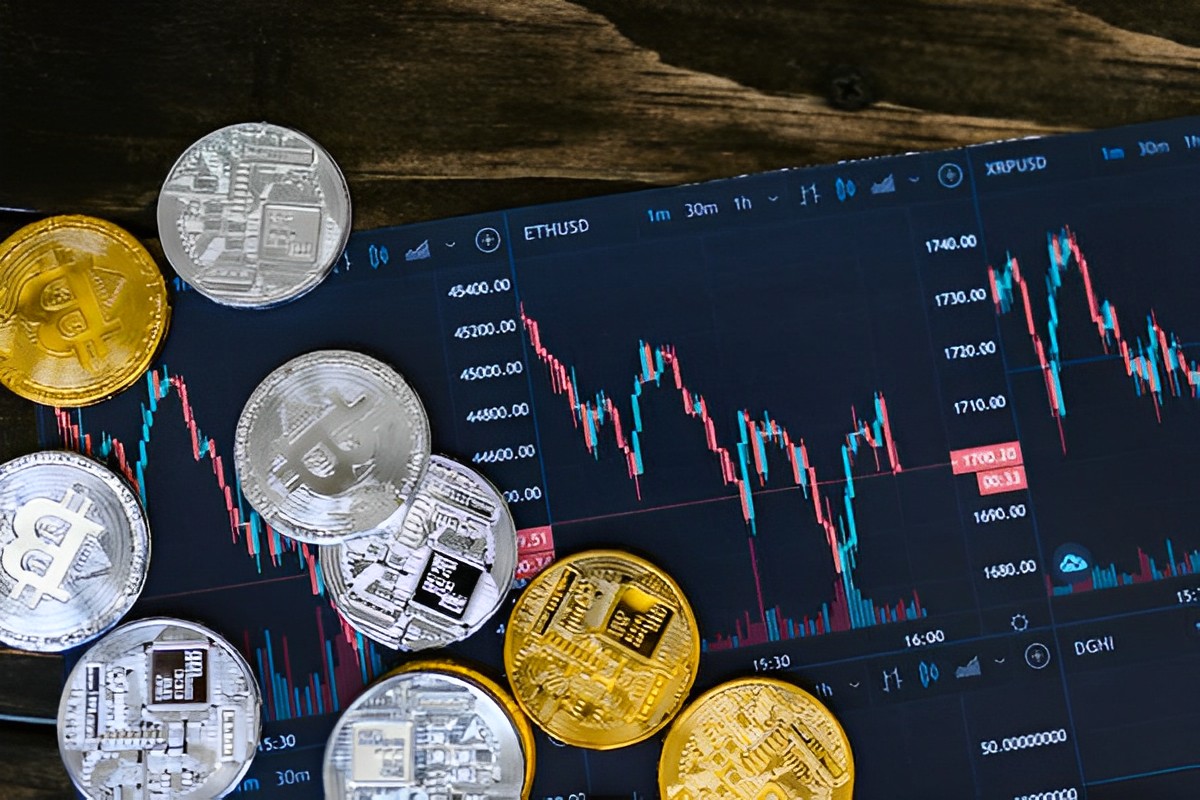Gold & silver have been widely used as a form of currency for thousands of years. In fact, gold was used as currency as early as 700 BC. Over time, paper currency replaced Gold & silver as the primary form of currency in many countries. However, gold and silver have remained popular as investments and as a store of value. In this article, we will explore the relationship between gold, silver, and monetary stability.
What is Monetary Stability?
Monetary stability refers to the ability of a currency to maintain its value over time. When a currency is stable, it is not subject to wild fluctuations in value. This makes it easier for people to plan and make decisions about their finances.
Why is Monetary Stability Important?
Monetary stability is important for a number of reasons. First, it helps to maintain the purchasing power of a currency. When a currency is stable, people can be confident that the money they have saved will be worth roughly the same amount in the future. This makes it easier for people to plan for retirement and to save for big purchases.
Second, monetary stability is important for international trade. When a currency is unstable, it can make it difficult for countries to trade with one another. For example, if the value of a country’s currency is constantly changing, it can make it difficult for businesses to price their products and services in a way that is fair to both parties.
Finally, monetary stability is important for the overall health of an economy. When a currency is stable, it is easier for businesses to plan and invest. This can lead to higher levels of economic growth and job creation.
Gold, Silver, and Monetary Stability
Gold & silver have long been associated with monetary stability. In fact, gold was used as the primary form of currency in many countries until the early 20th century. There are a number of reasons why gold and silver are seen as a stable store of value.
First, Gold & silver have intrinsic value. Unlike paper currency, which is only valuable because people agree that it is valuable, gold and silver have value in and of themselves. Gold and silver are both rare and difficult to mine, which means that they have inherent value.
Second, Gold & silver are durable. Unlike paper currency, which can be easily destroyed, gold and silver can last for hundreds or even thousands of years. This makes them a reliable store of value over time.
Finally, Gold & silver are portable. Unlike other forms of valuable goods, such as land or buildings, Gold & silver can be easily transported from one place to another. This makes them a convenient store of value.
Despite these advantages, gold and silver are not without their drawbacks. One of the biggest challenges associated with using gold and silver as a form of currency is that they are not very divisible. For example, if someone wants to buy a loaf of bread, it is difficult to pay for it with a small piece of gold. This can make it difficult to use gold and silver as a medium of exchange.
Another challenge associated with using gold and silver as a form of currency is that their value can be subject to wild fluctuations. While Gold & silver are generally seen as stable stores of value, their prices can be influenced by a wide range of factors, including geopolitical events, changes in the global economy, and changes in the supply of gold and silver.
Gold, Silver, and the Gold Standard
One way that gold has been used as a form of currency is through the gold standard. Under the gold standard, the value of a country’s currency is tied to the value of gold. This means that the government has to hold a certain amount of gold in reserve in order to back the value of its currency.

